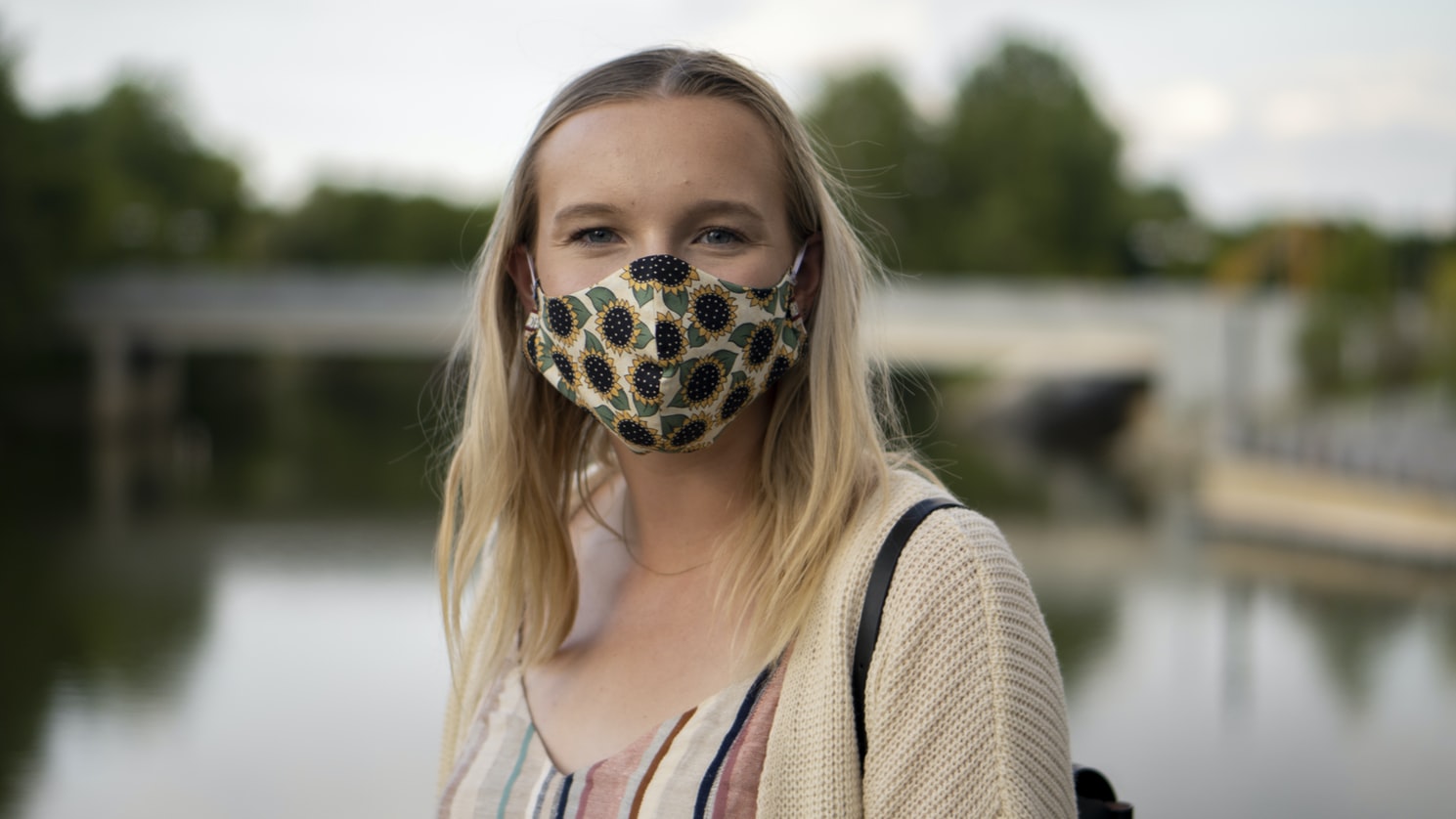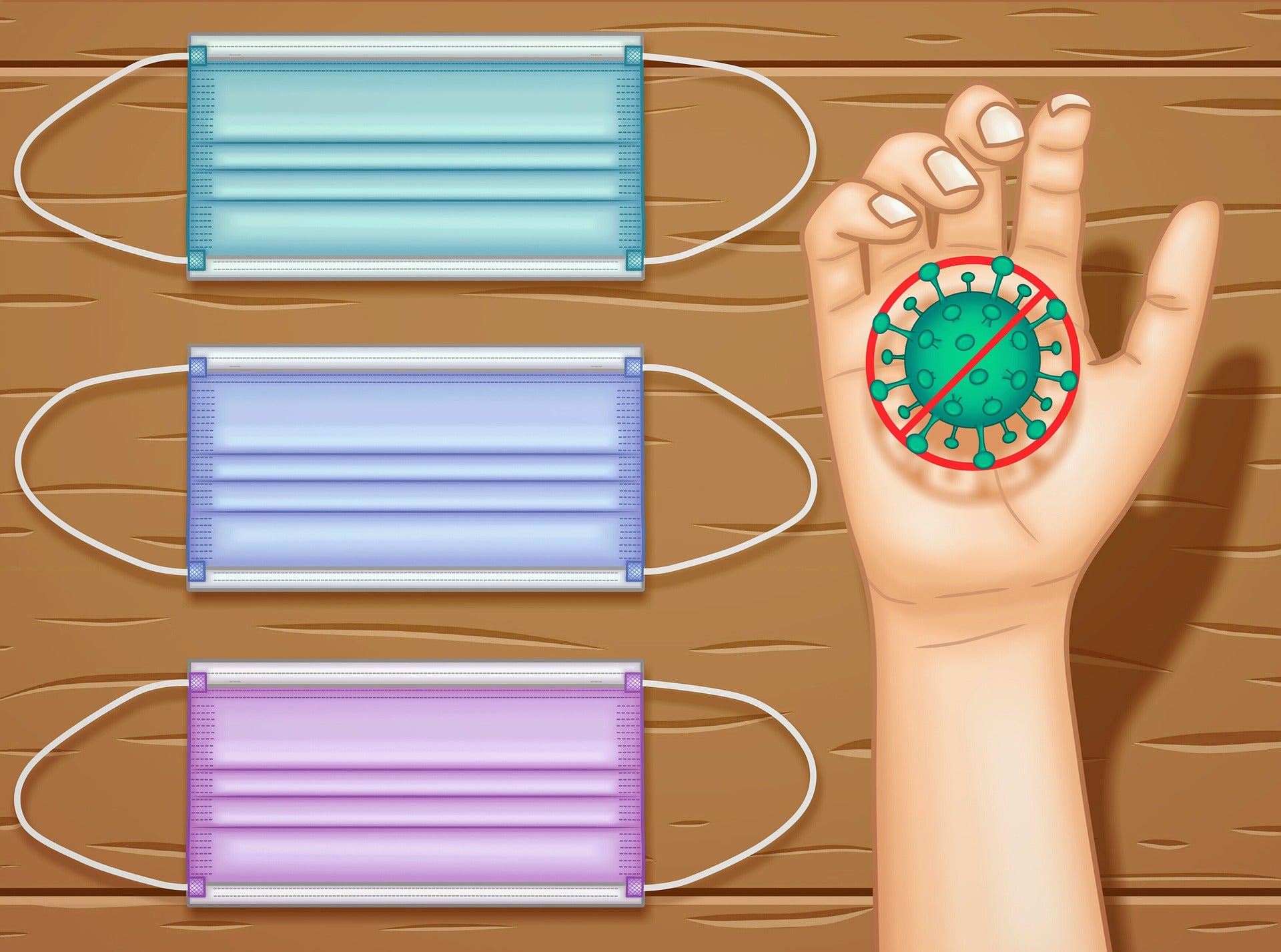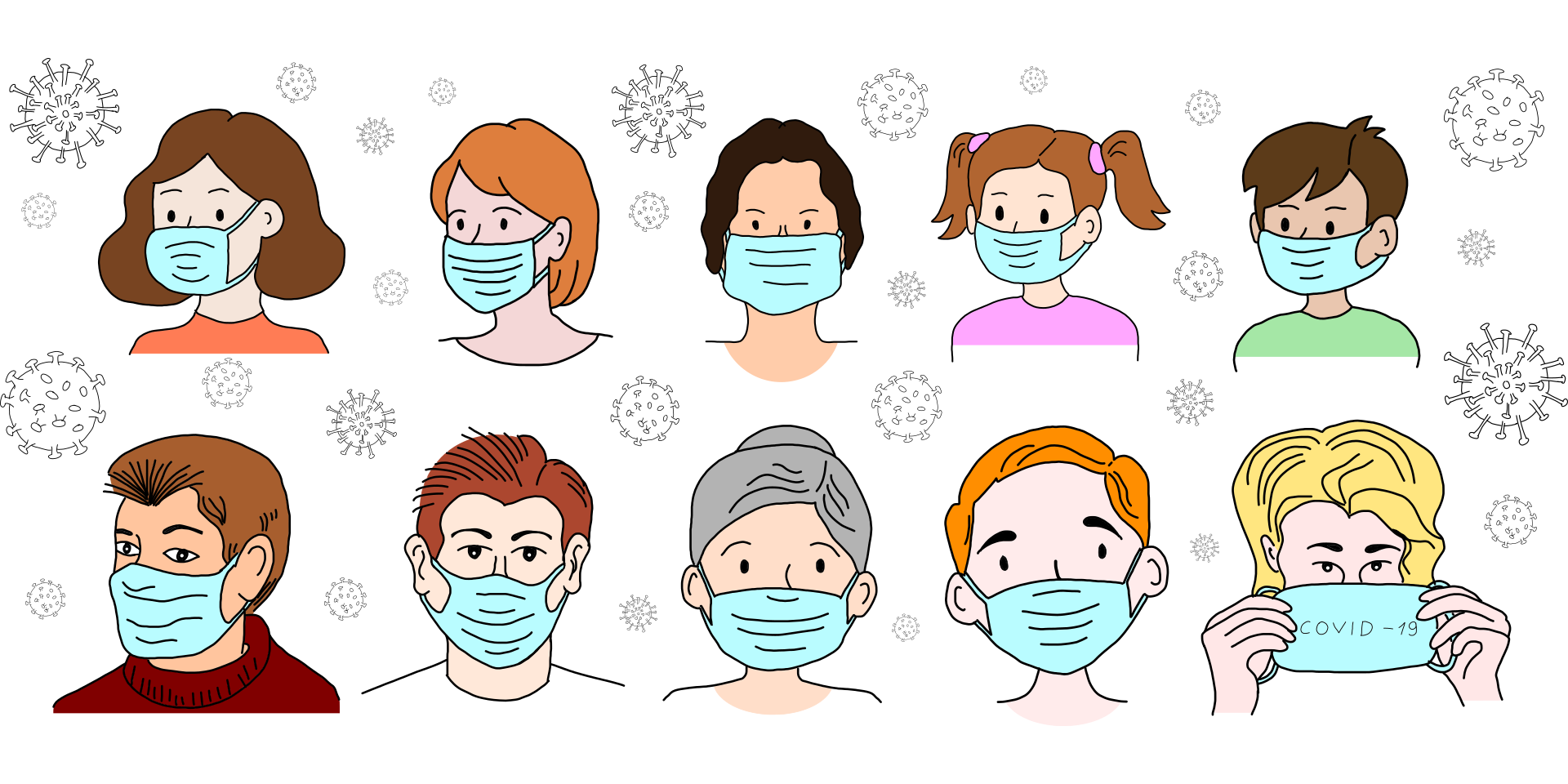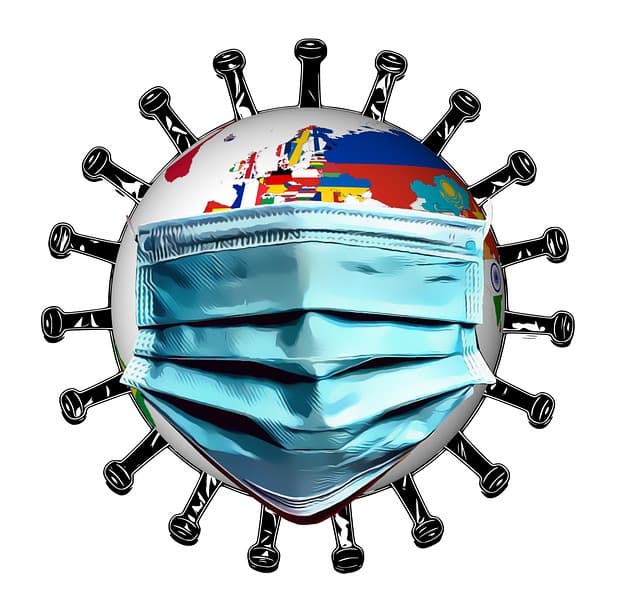
NIOSH-Approved N95 Respirators - How to Put on and Remove?
N95 respirators and surgical masks are both personal protective equipment used to lessen the chances of inhaling airborne particles and contaminated liquid. An individual wears it on the face to cover the mouth and nose.
Recently, many people are searching for N95 masks and some are coming across fake N95 masks that don’t filter effectively and continue to put you at the risk of getting infected. N95 respirators are regulated by the Centers for Disease Control and Prevention (CDC) and European CE Union, the Occupational Safety and Health Administration (OSHA), and the National Institute for Occupational Safety and Health (NIOSH). Keeping this in mind, you should only purchase NIOSH-approved or EN149 certified respirators so that what you buy is guaranteed to keep you protected.
It is vital to understand that the ideal way to avoid airborne transmission is with the use of a combination of interventions from across the five hierarchy of controls defined by NIOSH, instead of PPE alone. The five rungs of the Hierarchy of Controls by NIOSH include Elimination, Substitution, Engineering Controls, Administrative Controls, and Personal Protective Equipment.
What are high particulate respirator masks?
N95 or P2 masks help to reduce respiratory exposure to airborne contaminants. Their use is recommended when the chances of transmission from droplets or particles in the air are high. Both N95 and P2 masks work effectively only if they have a good fit on the face.
The use and disposal of P2 and N95 face masks requires certain precautions. Workers need to obtain all information regarding the same.
The N95 respirators are designed to closely fit the wearer’s face, and deliver effective filtration of airborne particles. The respirator’s edges are such that they tightly close around the mouth and nose. In Melbourne and also other countries across the globe, surgical N95 respirators are popular in healthcare environments. They are a sub-category of the N95 Filtering Facepiece Respirators (FFRs), commonly known as N95s.
Surgical N95s and surgical masks are similar in the following ways:
- Both undergo testing for flammability, filtration efficiency, fluid resistance, and biocompatibility.
- Both are unsuitable for reuse or sharing.
Are N95 Respirators suitable for use by all?
According to Safe Work Australia, the use of N95 or P2 masks should be restricted to health care settings in certain circumstances. This means that not everyone needs to wear N95 respirators to keep themselves protected from respiratory diseases and Coronavirus.
The Australian Government Department of Health suggests the use of N95 masks for Health Care Workers (HCWs) only. It is highly recommended for workers involved in aerosol-generating procedures.
How to put on a NIOSH-approved N95 mask?
Before getting into the practice of using a NIOSH approved N95 face mask at the workplace, you must give workers the right instructions and training on using them correctly.
- Before you touch the mask or remove it from the packaging, wash your hands with soap and water. You can also use a hand sanitizer. Thoroughly dry your hands and do not touch any other surface like the door handle, or your smartphone before you touch the mask.
- Take the mask out of its packaging without touching the front. Check for any obvious holes, tears, or faults.
- Identify the front and top of the mask. The front is generally coloured with the white side on the inside. The top typically has a stiff bendable edge that will take the shape of your nose.
- Using the ear loops, wear the mask by placing a loop around each ear. If the mask has ties, place the mask at the nose level and tie a bow over the crown of your head. Don’t tie the bottom set of ties at the moment.
- If the mask you are using has bands, place your fingertips near the nose piece or the top of the mask. In this position, the headbands will be below your hands. Then, place the mask at your nose level. The top band goes over your head to rest on the crown while the bottom strap is pulled to rest at the back of the neck.
- Remember to pinch the stiff bendable edge on your nose to mould the fit as per your face.
- At this point, you can tie the bottom set of ties at the back of your neck (in case you have a face mask with ties).
- Finally, check that the bottom of the mask adjusts well under your chin and over your mouth.
How to Remove a NIOSH-approved N95 mask?
- Wash your hands with soap and water for at least 20 seconds. Do not remove the mask while wearing gloves. Remove the gloves and wash your hands before you touch the mask.
- Hold the ear loops, bands or ties depending on the type of mask you have.
- Pull both ear loops together to remove the mask.
- Untie the bottom set first and then the top set of ties to pull the mask away from your face.
- First, lift the bottom strap over your head and then the top strap to remove the mask from your face.
- Dispose of the used mask.
- Wash your hands with soap and water or use a hand sanitizer.
Final Thoughts
Every manufacturer provides instructions for the effective use of a face mask. Make sure you read and follow the same for the use and storage of the masks. If you purchase disposable respirators, remember to dispose of them after use. The disposal procedure is also tricky and you must take every precaution while disposing of used masks. Moreover, replace face masks if they become damp or soiled.




